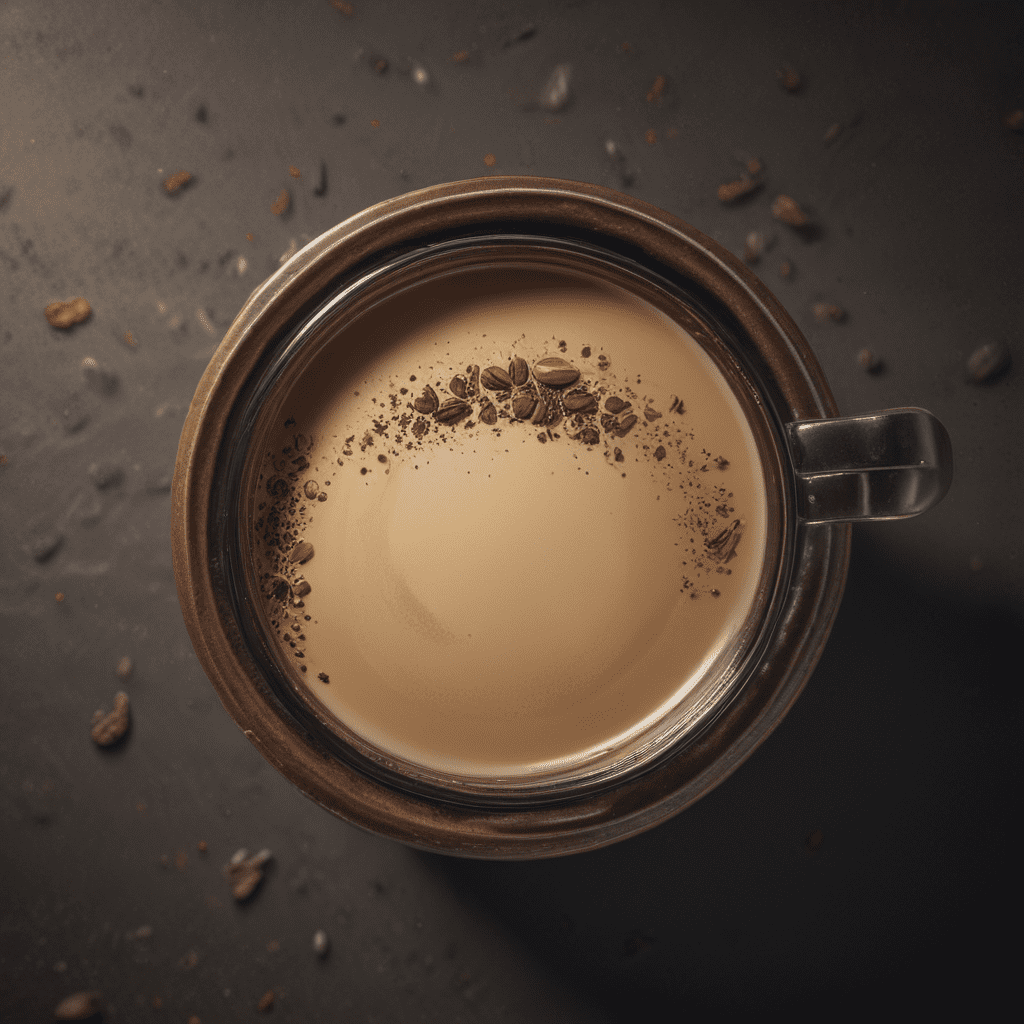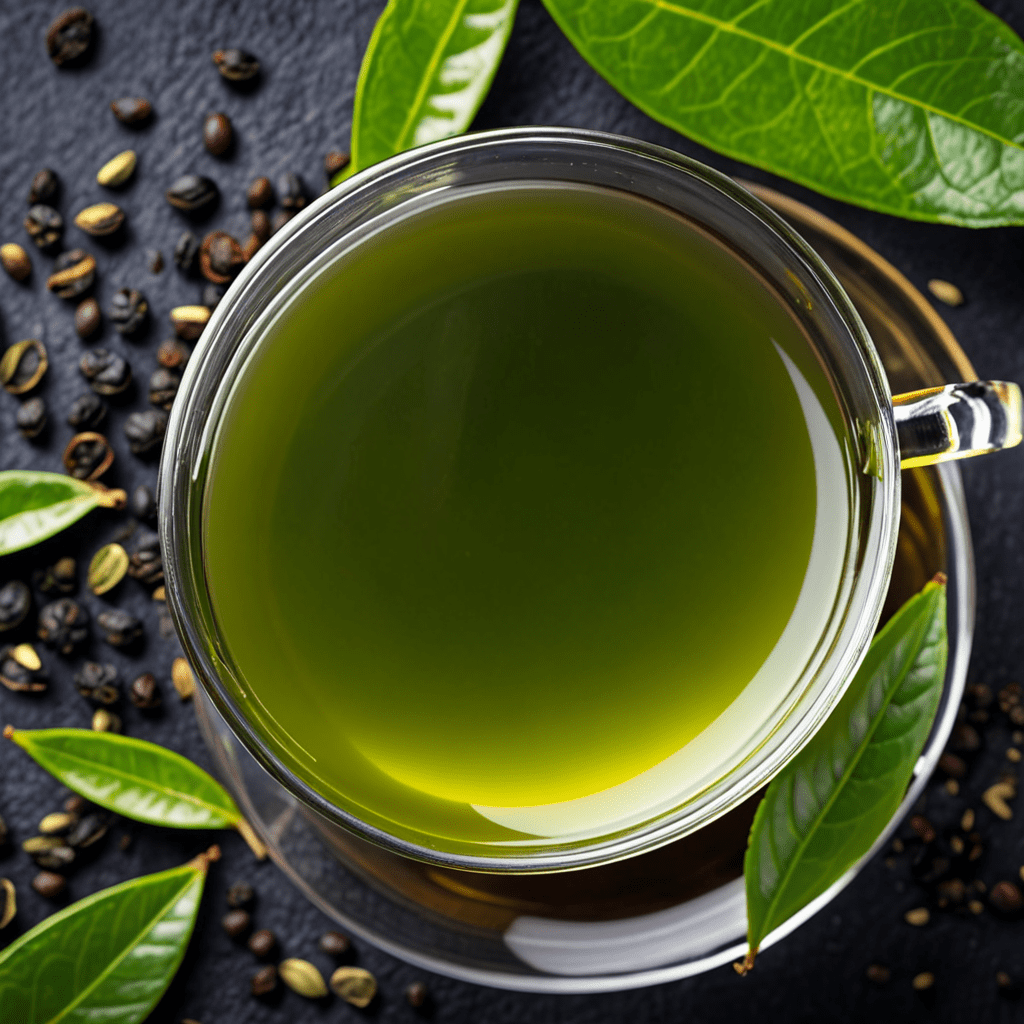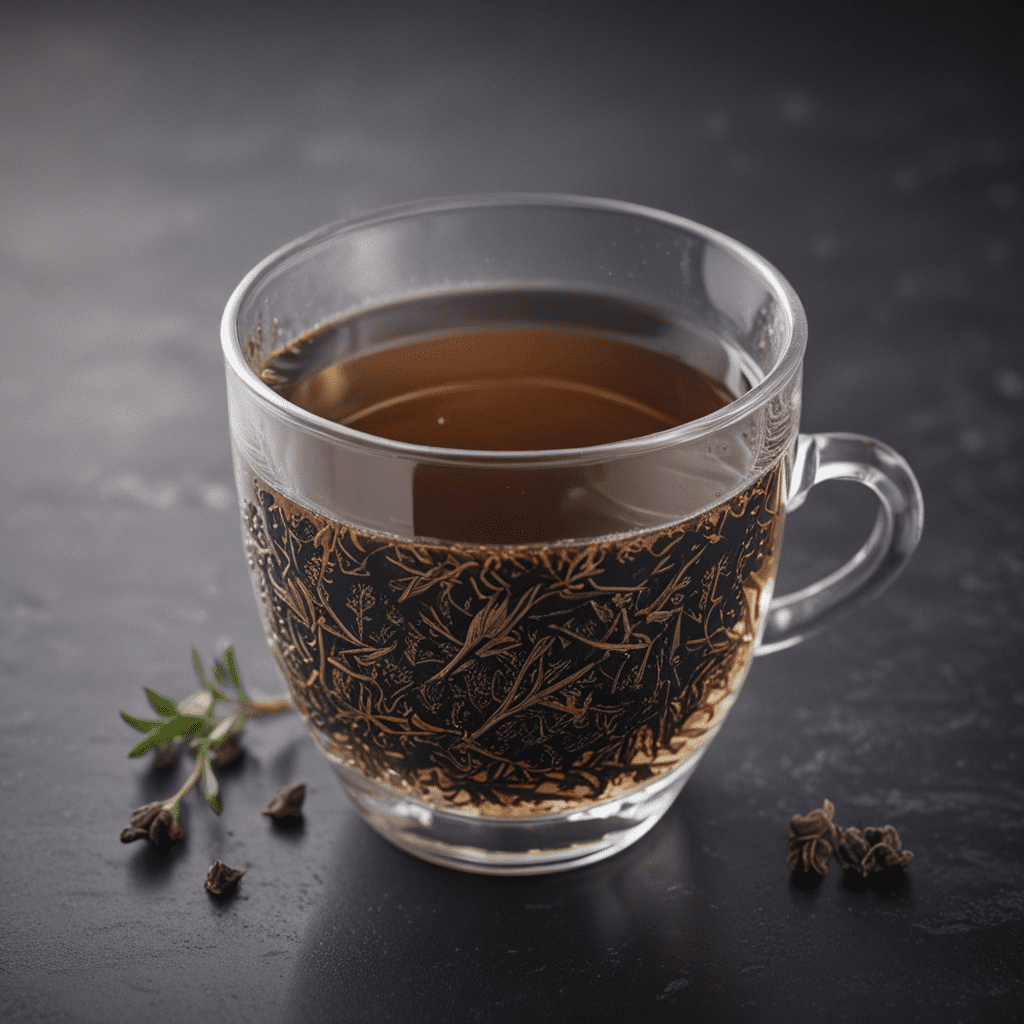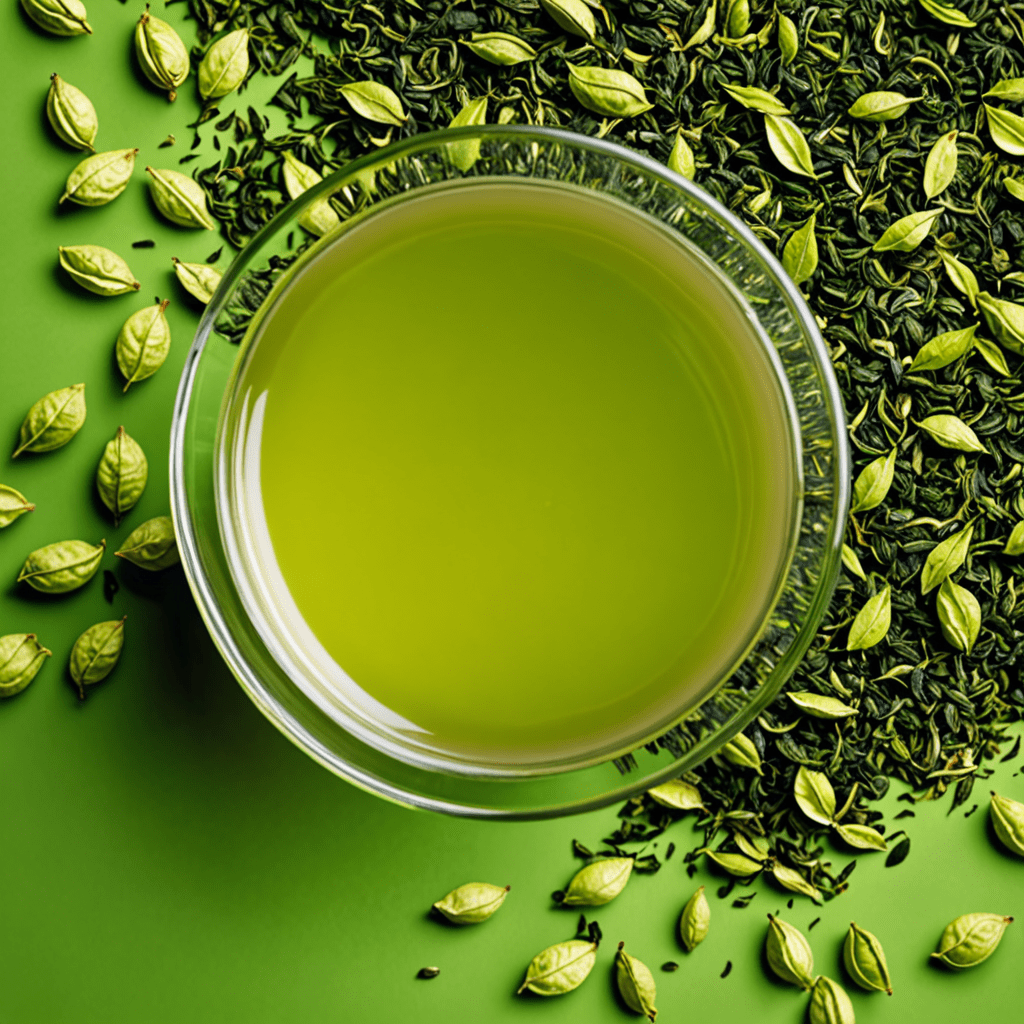Masala Chai: The Spiced Elixir of Indian Tea Culture
1. Origins and History of Masala Chai
Masala chai, the aromatic and flavorful spiced tea, has been a cherished beverage in India for centuries. Its origins can be traced back to ancient Ayurvedic practices, where spices were used for their medicinal properties. The earliest mention of masala chai appears in the Vedas, sacred Hindu texts dating back to 1500 BC.
Over the centuries, masala chai evolved into a popular drink enjoyed by people from all walks of life. It became an integral part of Indian culture, symbolizing warmth, hospitality, and community. Today, masala chai is not only a beloved beverage in India but also a global phenomenon, enjoyed by people worldwide.
2. The Traditional Masala Chai Recipe
The traditional masala chai recipe is a blend of black tea, milk, sugar, and a unique mix of spices. The most common spices used include ginger, cardamom, cinnamon, cloves, and black pepper. Each spice adds its own distinct flavor and aroma, creating a symphony of taste that is both comforting and invigorating.
The exact proportions of the spices can vary depending on personal preference and regional variations. However, the basic principle remains the same: to create a harmonious balance of flavors that is both warming and refreshing.
3. The Spices: A Symphony of Flavors
The spices used in masala chai are not merely flavor enhancers; they also hold significant medicinal properties. Ginger, for example, is known for its anti-inflammatory and digestive benefits. Cardamom aids in digestion and has a calming effect. Cinnamon helps regulate blood sugar levels and has antioxidant properties. Cloves are a natural antiseptic and pain reliever. Black pepper improves circulation and boosts metabolism.
This combination of spices not only makes masala chai a delicious drink but also contributes to its overall health benefits. It is a testament to the ancient Indian wisdom of combining culinary delights with therapeutic properties.
4. The Brewing Process: A Ritual of Comfort
The brewing of masala chai is a ritual in itself. It is a process that involves slow simmering, gentle stirring, and the release of fragrant aromas that fill the air. Traditionally, masala chai is prepared in a small pot called a "chai pan" or "kadai." Milk is boiled with water, followed by the addition of tea leaves and spices. The mixture is then simmered for a few minutes, allowing the flavors to infuse.
Once the tea is ready, it is strained into cups and sweetened to taste. Masala chai is typically served hot, often accompanied by snacks like biscuits or samosas. The brewing process is not just a means to prepare a beverage; it is an act of mindfulness and connection. It is a time to slow down, appreciate the simple things, and connect with loved ones.
5. Variations and Regional Adaptations
Masala chai is not a monolithic beverage; it takes on different forms and flavors across India. Each region has its own unique blend of spices and brewing methods, resulting in a diverse range of masala chai experiences.
In South India, for example, masala chai tends to be stronger and spicier, with the addition of black pepper and ginger. In North India, the chai is often milder and sweeter, with a focus on cardamom and cinnamon. Some regional variations include the addition of fennel seeds, star anise, or even rose petals. This diversity reflects the rich cultural heritage of India, where each region brings its own unique touch to this beloved beverage.
6. The Health Benefits of Masala Chai
Beyond its delightful flavor, masala chai boasts an array of health benefits attributed to its unique blend of spices.
- Antioxidant Powerhouse: The spices in masala chai, particularly cinnamon, cloves, and ginger, are rich in antioxidants that help protect against cellular damage caused by free radicals.
- Digestive Aid: Ginger and cardamom have long been used in Ayurvedic medicine to aid digestion. They stimulate the production of digestive enzymes and help relieve symptoms like bloating and indigestion.
- Immunity Booster: The spices in masala chai, especially cloves and black pepper, have antiviral and antibacterial properties that help strengthen the immune system.
- Anti-inflammatory Properties: Ginger and turmeric, often added to masala chai, have powerful anti-inflammatory properties, making them beneficial for conditions like arthritis and joint pain.
- Stress Reliever: The warm, soothing properties of masala chai, combined with the calming effects of cardamom, can help reduce stress and anxiety.
- Improved Blood Circulation: Black pepper and ginger in masala chai promote blood circulation, which can improve overall heart health.
- Pain Relief: The analgesic properties of cloves and ginger can provide temporary relief from headaches and minor aches.
- Improved Brain Function: The caffeine in black tea, combined with the stimulating properties of cinnamon and ginger, can enhance alertness, focus, and memory.
It's important to note that while masala chai offers numerous health benefits, it should be consumed in moderation as excessive intake can lead to side effects like insomnia or stomach upset.
7. Cultural Significance and Social Rituals
Masala chai transcends being just a beverage; it's deeply ingrained in Indian culture and social interactions.
- Symbol of Hospitality: Offering masala chai to guests is a gesture of warmth, hospitality, and respect. It signifies a welcoming atmosphere and strengthens social bonds.
- Community Gatherings: Masala chai is often enjoyed during social gatherings, fostering conversations, laughter, and shared experiences. It serves as a common thread that brings people together.
- Ritualistic Importance: The brewing process itself holds significance, with each step imbued with a sense of ritual and tradition. It's an act of mindfulness that connects individuals to their cultural heritage.
- Religious Offerings: Masala chai is often offered during religious ceremonies and festivals, symbolizing purity and devotion.
- Regional Variations: As mentioned earlier, each region in India has its unique masala chai recipe, reflecting the diverse cultural tapestry of the country.
- Street Vendor Staple: Masala chai is ubiquitous on Indian streets, sold by vendors in clay cups, adding to the vibrant street food culture.
- Comforting Tradition: Masala chai is often associated with comfort and nostalgia, evoking memories of childhood or family gatherings. It provides a sense of warmth and familiarity.
Masala chai plays a pivotal role in shaping social interactions and cultural identity in India, making it an indispensable part of the nation's rich heritage.
8. The Perfect Cup: Finding Your Ideal Blend
While there's no single "perfect" cup of masala chai, there's a perfect cup for every individual. Experimenting with different spice combinations, milk types, and sweetness levels allows you to discover your ideal chai experience.
- Spice Customization: Adjust the proportions of spices based on your preferences. For a stronger kick, add more ginger and black pepper. If you prefer a sweeter chai, increase the cardamom and cinnamon.
- Milk的选择: Choose from full-fat milk for a richer flavor, skimmed milk for a lighter option, or plant-based milk like almond or soy for a vegan alternative.
- Sweetness: Adjust the sweetness level according to your taste. You can use sugar, honey, or even jaggery for a more natural sweetness.
- Brewing Time: Experiment with brewing times to find your preferred strength. A longer simmering time will result in a stronger chai.
- Fresh Ingredients: Use fresh, high-quality ingredients for the best flavor. Whole spices, loose-leaf tea, and full-fat milk will enhance the overall taste.
Remember, the joy of masala chai lies in the experimentation and personalization. Explore different combinations and brewing techniques to discover your own unique and perfect cup.
9. Beyond the Cup: Masala Chai in Modern Cuisine
The versatility of masala chai extends beyond being a comforting beverage. Its unique flavor profile has inspired culinary innovations across various cuisines.
- Desserts: Masala chai ice cream, cakes, and truffles add a warm, spicy twist to sweet treats.
- Savory Dishes: Masala chai-infused marinades for chicken or tofu add depth of flavor to savory dishes.
- Cocktails: Masala chai-based cocktails like the "Chai Martini" or "Spicy Chai Toddy" offer a sophisticated and flavorful twist on classic drinks.
- Fusion Cuisine: Modern chefs are incorporating masala chai flavors into innovative dishes, fusing Indian spices with global culinary influences.
- Baking: Masala chai adds warmth and spice to cookies, muffins, and quick bread, creating a unique and aromatic treat.
The culinary adaptations of masala chai showcase its versatility as a flavoring agent, extending its reach beyond the traditional cup and into the realm of modern gastronomy.
10. Conclusion: A Timeless Legacy of Flavor and Tradition
Masala chai is more than just a spiced tea; it's an embodiment of Indian culture, tradition, and culinary heritage. From its humble origins in ancient Ayurvedic practices to its modern-day global popularity, masala chai continues to captivate hearts and palates worldwide.



